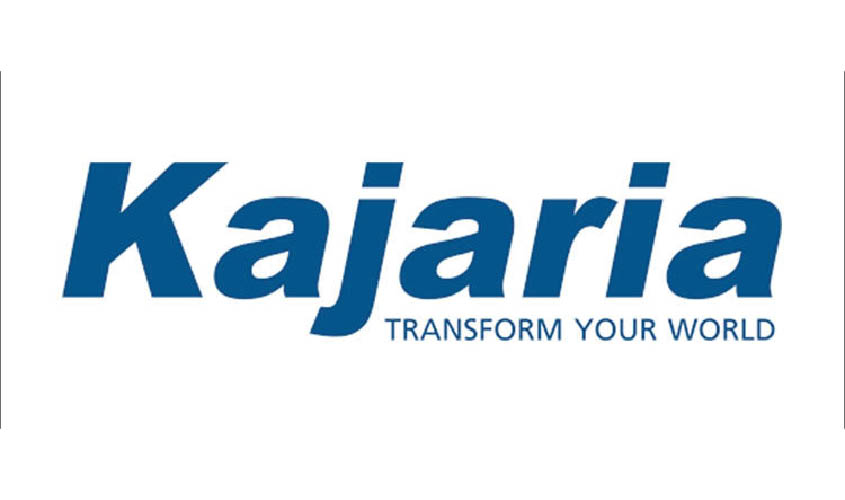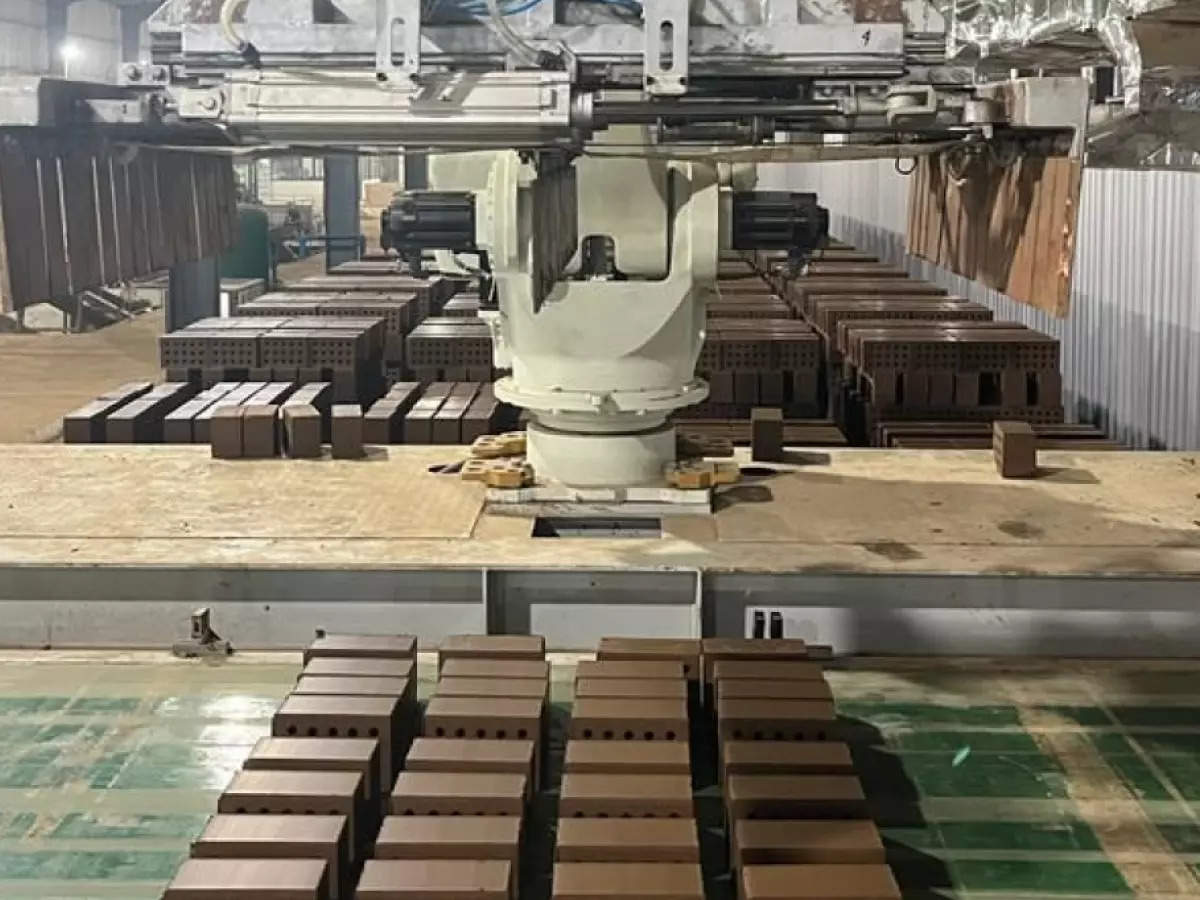E - PAPER
Office Sector Recovery By 2021
Office occupiers are now considering de-densification of workplaces, better building ventilation and cleaning, voice or motion activated doors and elevators to reduce the number of points of contact, and anonymous reporting of sickness amidst growing cases of COVID-19 in the country. A recent survey
 BY
Realty Plus
BY
Realty Plus
Published - Thursday, 02 Jul, 2020

Office occupiers are now considering de-densification of workplaces, better building ventilation and cleaning, voice or motion activated doors and elevators to reduce the number of points of contact, and anonymous reporting of sickness amidst growing cases of COVID-19 in the country. A recent survey conducted by Colliers International says that around 50% of the office space occupiers expect almost 30% of their workforce to return to the office in a phased manner over the next two to three months.
“De-densification of the workplace is the key to unlock benefits in the post COVID era. It helps occupiers to maintain social distancing, enhance the office space wellness criteria, and reduce infrastructure woes of a city. The success of work from home model in the IT/ITES sector allows occupiers this flexibility today”, said Arnab Ghosh, National Director, Fitout at Colliers India. The survey also indicates that about 46% of occupiers plan to resume their business operations with a combination of policies such as flexible work hours and rotational shifts.
Occupiers are exploring new business models which is forcing landlords and occupiers to adapt to new demands. The real estate strategy now looked upon by some occupiers is around building a ‘flex and core’ portfolio that includes a flexible office space for medium and long-term lease for core operations. The tech sector has been adopting ‘flex & core’ models quite successfully”, said Sanjay Chatrath, Managing Director, North India at Colliers International.
RELATED STORY VIEW MORE
NEWS LETTER
Subscribe for our news letter
E - PAPER
-

CURRENT MONTH 
LAST MONTH















